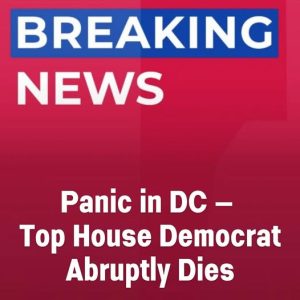On September 28, 2025, a deadly mass shooting and arson attack unfolded at a meetinghouse of The Church of Jesus Christ of Latter-day Saints (LDS Church) in Grand Blanc Township, Michigan — turning a place of worship, community, and peace into a scene of terror and destruction. The assailant, identified as 40‑year‑old Thomas Jacob Sanford, reportedly drove his pickup truck into the church’s front wall at about 10:25 a.m. before exiting the vehicle armed with an assault rifle. Once inside, he opened fire on worshippers attending Sunday services. In addition to the shooting, he then set the building on fire — using gasoline as an accelerant — causing a blaze that destroyed much of the church.
First responders acted swiftly. Two police officers — reportedly a township officer and a conservation‑department officer — arrived at the scene within approximately half a minute of the first 911 call. In a matter of minutes, they confronted Sanford; body‑camera footage captures officers commanding him to “drop the gun” before firing. Sanford was killed in the exchange. With the shooter neutralized, authorities confirmed the immediate threat was over, enabling fire crews and medical teams to begin rescue operations, evacuations, and treatment for victims.
The human toll was severe: four church members were killed and eight others wounded. Two victims died from gunfire, while two others perished in the fire. The ages of the victims ranged broadly — from young children to the elderly. Among the wounded, some suffered gunshot wounds, others smoke inhalation. Hospitals received multiple patients. By nightfall, authorities declared that all victims and survivors were accounted for. The destruction of the building — a “total loss” — added a symbolic layer to the tragedy: a sacred community space, meant for worship and gathering, obliterated in an act of hate.
As the investigation unfolded, federal authorities stepped in. The Federal Bureau of Investigation (FBI) confirmed that the attack amounted to “targeted violence,” motivated by the shooter’s anti‑religious (anti‑Mormon) beliefs. Friends and acquaintances of Sanford earlier told investigators that his animosity toward the LDS Church stemmed from past personal grievances, dating back to a failed romantic relationship with a member of the faith. The FBI’s public statement emphasized the religious bias behind the attack, underscoring that the motive was not random but targeted against churchgoers because of their faith.
The aftermath rippled throughout the local and national community, sparking grief, outrage, fear, and calls for healing. Local leaders, including Gretchen Whitmer, Michigan’s governor, condemned the violence, calling it “unacceptable” and urging communities to reject hatred. The church called for prayers and solidarity — emphasizing that places of worship are meant as sanctuaries of peace, prayer, and unity. Schools in the area closed briefly in the following days, reflecting the trauma and disruption the event caused to everyday life.
Beyond the immediate tragedy, the attack raises broader and deeply troubling questions: about religious hatred and tolerance, the security of houses of worship, and the vulnerability of communities to ideologically motivated violence. It underlines how quickly a space meant for reflection and faith can be turned into a site of deadly hate — and how entire congregations, families, and communities can be changed in an instant. Amid sorrow, many call for compassion, unity, accountability, and vigilance; others emphasize the need to confront hate in all its forms while safeguarding freedom of belief. The Grand Blanc church attack stands as a stark reminder of the fragility of safety — even in places meant for sanctuary.


